
When you’re pondering over the best time to replace or install a new roof, the decision might feel as unpredictable as the weather itself. After all, your home’s hat is a pivotal player in the safety and comfort of your living space. In this article, we’ll navigate through the seasons, materials, and timings to ensure your roof installation goes off without a hitch. Let’s raise the roof on this topic and dig into the details of scheduling your next big home improvement.
Assessing Your Need for a New Roof
Can you tell when your roof is calling it quits? Spotting the tell-tale signs early can save you from larger, more costly repairs down the line. Here’s how you can determine if it’s time for a new roof:
- Inspect the Roof’s Age:
- Determine the current age of your roof and compare it to the expected lifespan of the roofing material used.
- Many asphalt shingle roofs have lifespans of 20-25 years, while materials like metal or tile can last longer.
- Look for Visible Damage:
- Scan your roof for signs of visible damage, such as missing, broken, or curling shingles.
- Note any sagging or uneven rooflines, which could indicate structural issues.
- Check for Water Damage and Leaks:
- Examine your attic or top floor for water stains, mold, or signs of moisture.
- During or after a heavy rainstorm, inspect the attic for any active leaks.
- Energy Efficiency Concerns:
- A poorly insulated or ventilated roof can lead to higher energy costs; assess if your roof is contributing to energy inefficiency.
- Assessing Storm or Weather Damage:
- After severe weather events, look for damage caused by wind, hail, or debris.
- Consider a professional inspection if your area was subjected to extreme conditions.
- Professional Roof Evaluation:
- Hire a professional roofing contractor to conduct a thorough assessment if you suspect any issues.
- A professional can provide detailed insights and help prioritize any necessary repairs or replacements.
- Reflect on Repair Frequency:
- Consider how frequently you’ve needed to patch or repair your roof.
- If repairs are becoming more frequent and costly, it might be more economical to opt for a full replacement.
- Plan for the Future:
- Think about how long you plan to stay in your current home and the resale value a new roof could add.
- A new roof can be a significant selling point if you intend to put your house on the market soon.
Regular inspections and maintenance can help extend the life of your roof, and consulting with professionals will give you the best insight into its condition.
Considering Seasons and Weather Conditions
The time of year you choose to install your roof can drastically affect the installation process. Let’s break it down by season:
Spring
- Mild temperatures make for a more comfortable working environment for installers.
- Occasional rain showers might pose scheduling delays, so flexibility is key.
Summer
- Warm weather is ideal for shingle adhesive to set, but extreme heat can be tough on workers and may lead to scheduling early mornings or late afternoons.
Fall
- Many consider fall to be the goldilocks season for roof installation, with cooler temperatures and minimal rainfall.
Winter
- Cold temperatures can compromise the effectiveness of materials, and snow makes it risky for work crews.
- In emergencies, professionals can still perform necessary roofing work during winter.
Understanding Material Availability and Demand
Roofing materials can vary in availability throughout the year. Here’s how to plan:
- Spring and summer might see higher demand, leading to potential shortages or higher prices.
- Fall installations often benefit from stocked inventory after the summer rush.
Contractor Availability and Costs
Choosing the right time also means considering when contractors are available and how that affects their pricing:
- During off-peak seasons, you may find more flexibility in scheduling and lower prices.
- Peak seasons often equate to higher rates due to increased demand.
Permits and Legal Considerations
Permits are an integral part of the roofing process. Depending on where you live, the time it takes to obtain these permits can vary. It’s critical to:
- Check local building codes and requirements ahead of time.
- Factor in the permit approval process when scheduling your installation.
Preparation and Project Duration
Let’s talk about what to expect when the installation day arrives:
- Prep your home by clearing the area around your house, and consider covering valuable items in the attic.
- A typical roof installation can take anywhere from a couple of days to a week, barring weather delays.
- Additional time might be needed for complexities and unexpected issues.
Long-Term Planning: When to Schedule Ahead
Some forward-thinking can go a long way in roofing projects. Advantages include:
- Better deals during slower business periods.
- Ensured availability of your preferred contractor.
To book your project early, contact contractors during their slower months and get your project on the books.
Personal and Financial Considerations
Installing a new roof is not just about weather and material; it’s also about your schedule and budget. Consider:
- Your commitments and how they might align or interfere with a roofing project.
- It is creating a robust budget that includes a buffer for any unforeseen expenses.
- Seasonal discounts and financial incentives ease the financial burden of a new roof.
Professional Roofing Installation, Maintenance, and Repair
For those in need of roofing repair in Ancaster, finding a qualified professional is paramount. It’s not just about slapping on some shingles; it’s about comprehensive service that covers installation, maintenance, and repair. A local, reliable expert might be the umbrella in a storm of roofing concerns.
Roofing Company
When it comes to roofing, partnering with experts who know the ropes can make all the difference. If you’re looking for Hamilton roofing services, it’s best to choose a company with a stellar reputation and a track record of quality artistry.
Conclusion
Armed with this information, you’re now better equipped to decide the optimal time for your roof installation. It’s a balancing act between weather, contractor availability, and your circumstances. Plan smartly, weigh your options, and your new roof will be a testament to the power of strategic planning.






























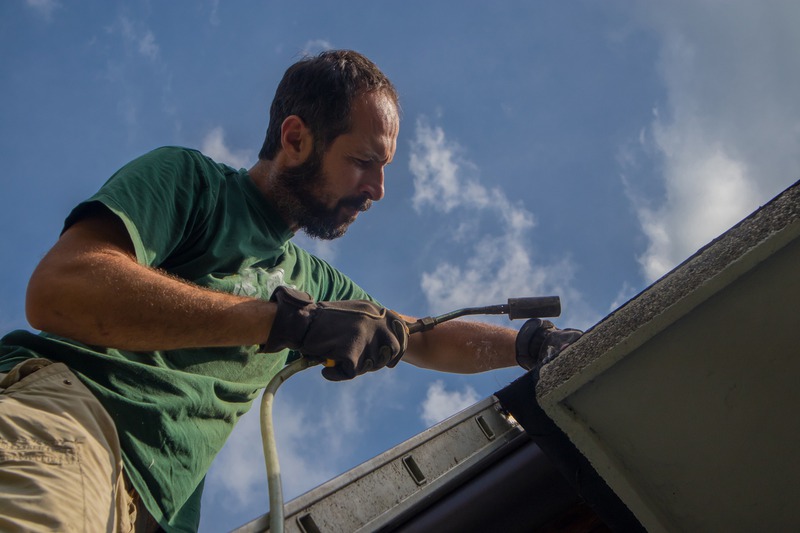
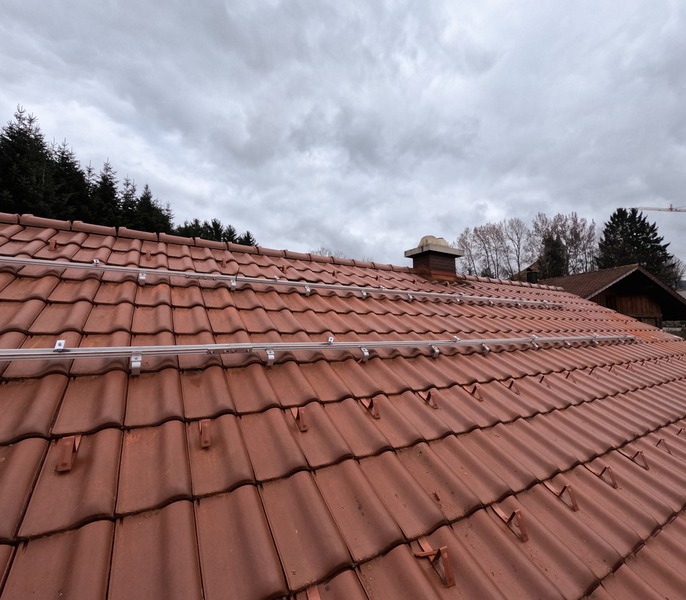









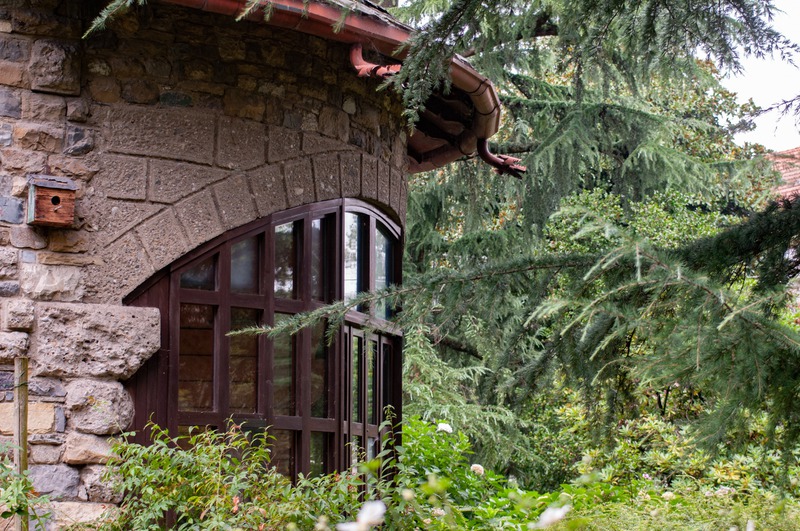


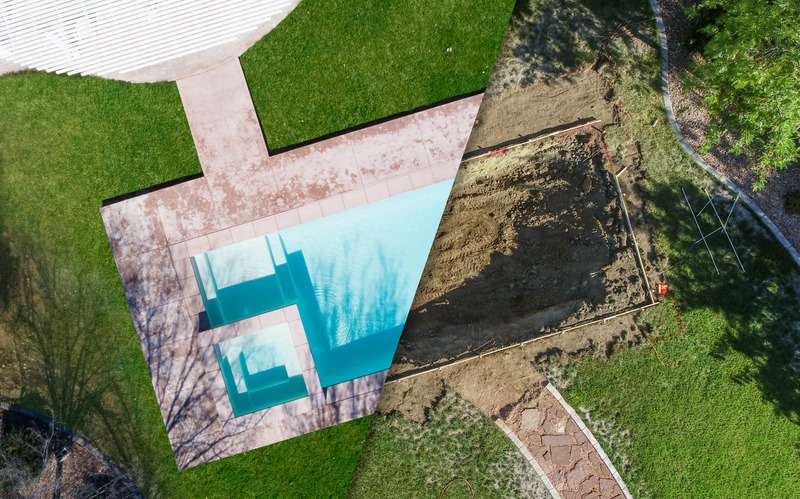
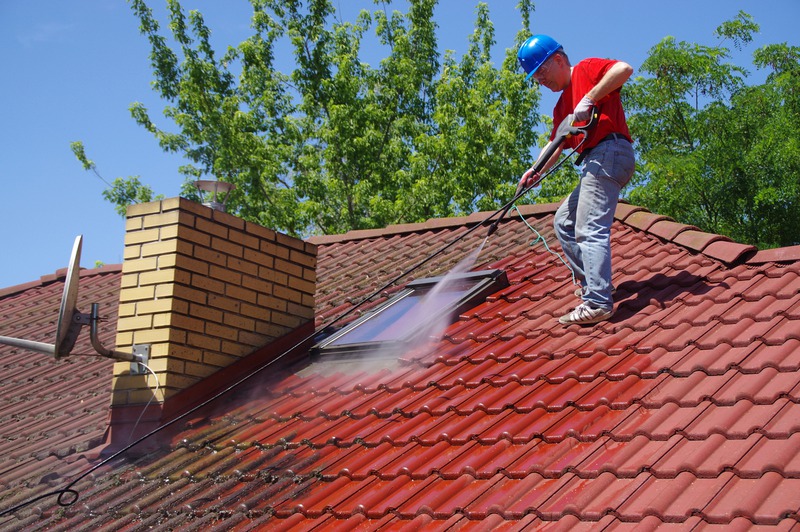


























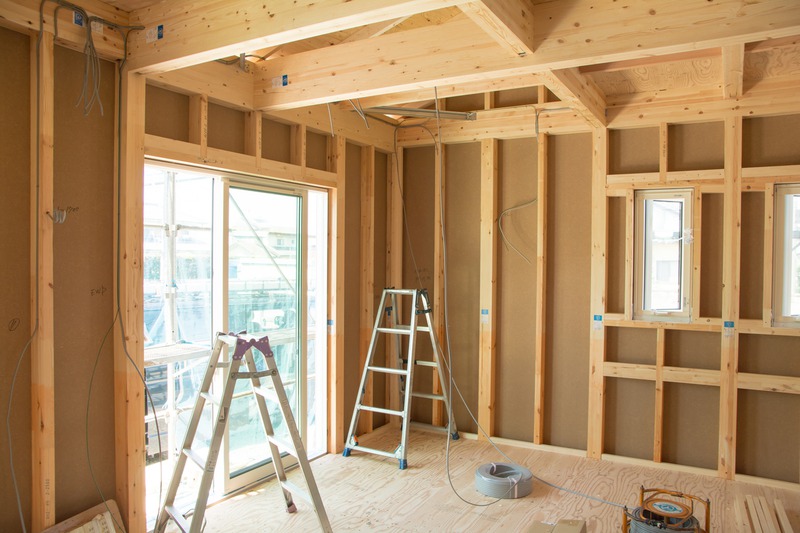






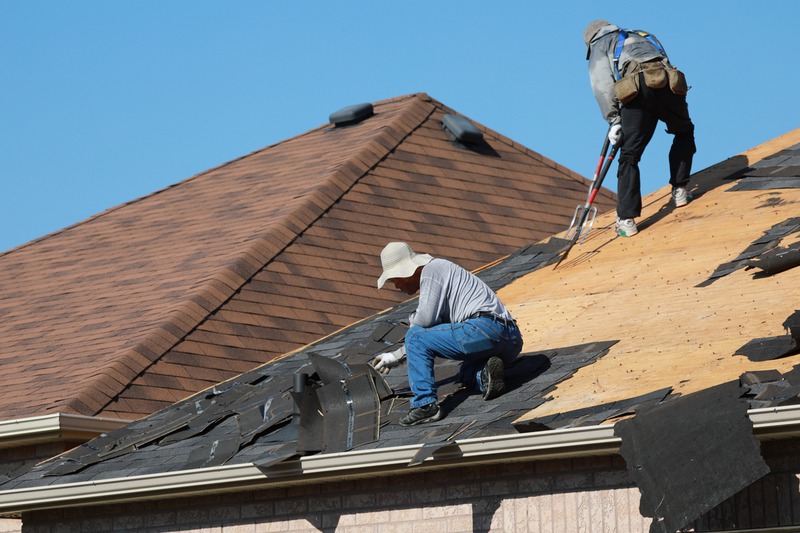








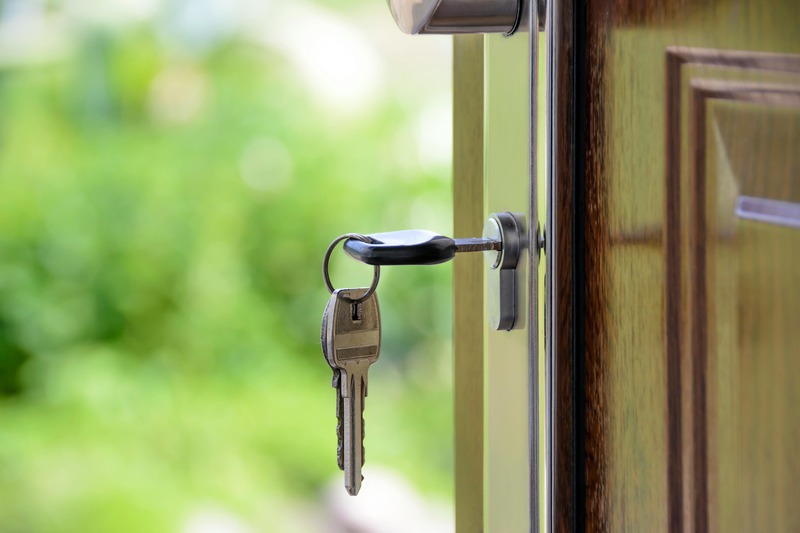







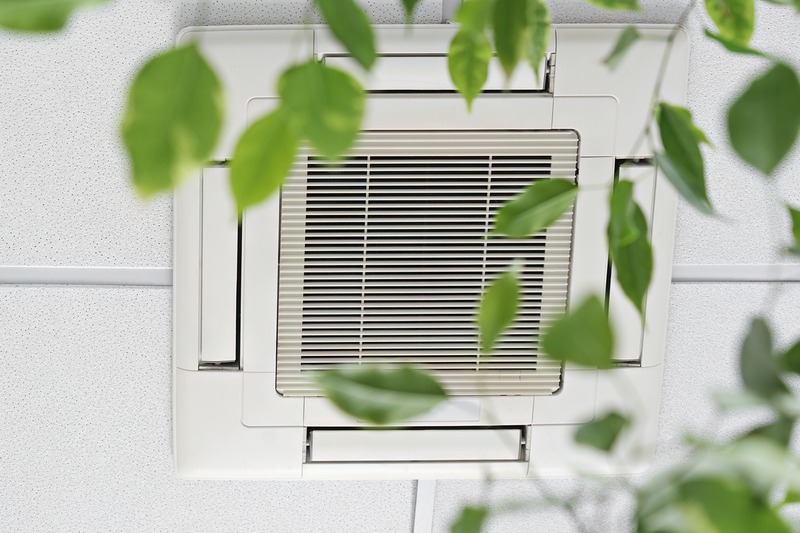







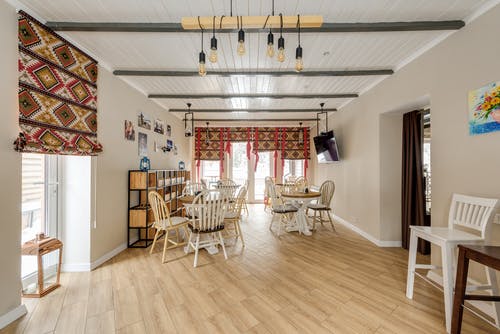






























0